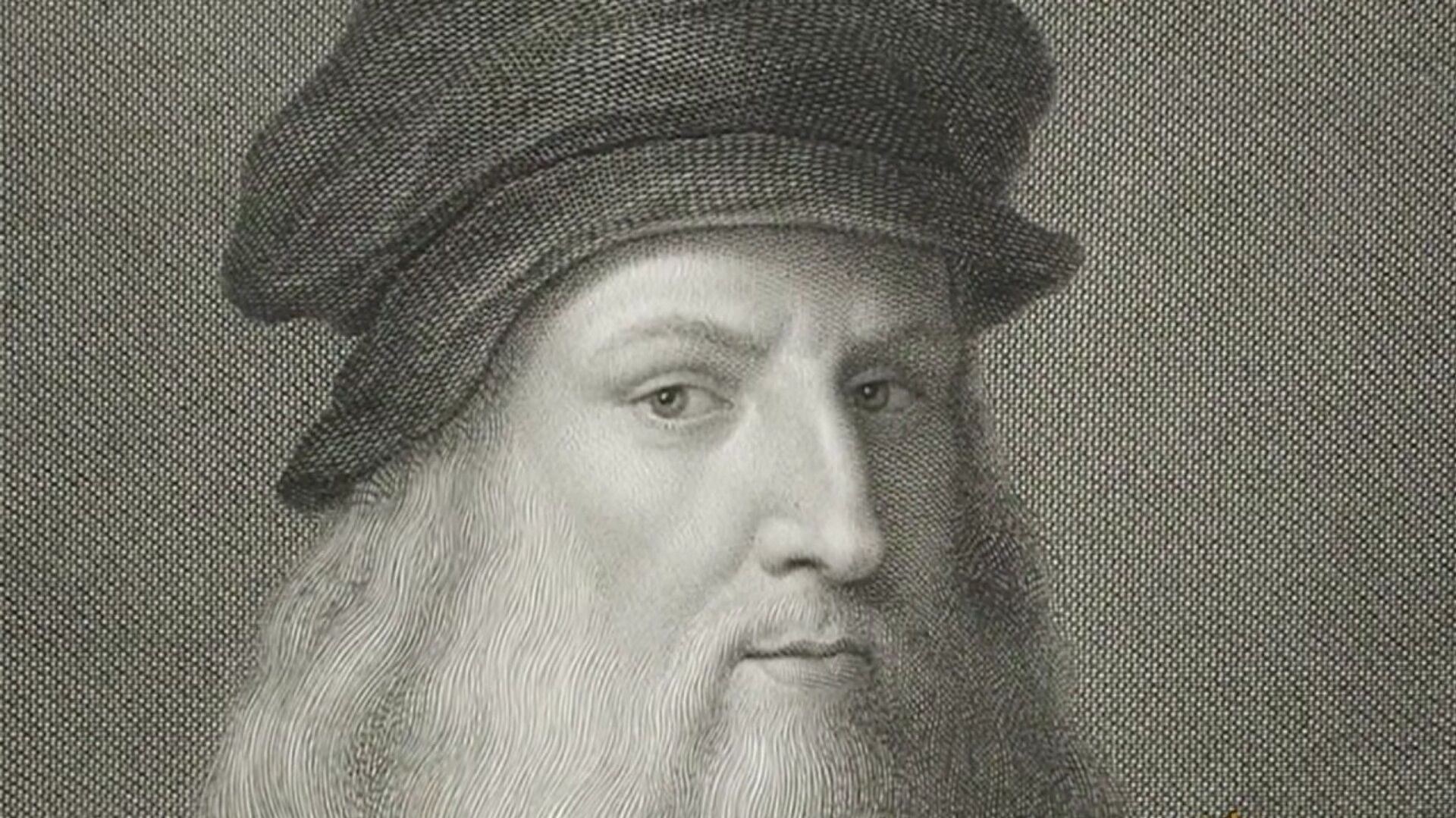https://sputnikglobe.com/20230215/leonardo-discovered-gravity-a-century-before-newton-study-says-1107445998.html
Leonardo Discovered Gravity a Century Before Newton, Study Says
Leonardo Discovered Gravity a Century Before Newton, Study Says
Sputnik International
Pencil sketches made by Leonardo da Vinci in the early 1500s suggest that he discovered the idea of gravity long before English mathematician Isaac Newton. He considered gravity was a form of acceleration.
2023-02-15T14:01+0000
2023-02-15T14:01+0000
2023-02-15T14:01+0000
science & tech
leonardo da vinci
isaac newton
gravity
https://cdn1.img.sputnikglobe.com/img/07e4/0b/13/1081208041_202:0:1980:1000_1920x0_80_0_0_2a541652c1d477ecb4509665261a68d4.jpg
Pencil sketches made by Leonardo in the early 1500s suggest that he discovered the idea of gravity long before English mathematician Isaac Newton, who is credited with the discovery of the phenomenon in the late 1600s.Researchers at the California Institute of Technology have analyzed Leonardo's notebooks and found experiments devised by the Italian which demonstrate that gravity is a form of acceleration. What's more, it turns out that he modelled the gravitational constant with 97 percent accuracy.The team believes that the only thing that prevented Leonardo's experiments from definitively explaining gravity was the limited tools at his disposal - he lacked the means to measure accurately when objects fall. The sketches show experiments demonstrating that gravity is a form of acceleration.Morteza Gharib, lead author of the Leonardo paper, first noticed Leonardo's experiments in the Codex Arundel, a collection of articles written by the artist that covered science, art and personal topics.The sketches show a pitcher of water moving in a straight line parallel to the ground, spouting water or sand. Leonardo's notes explain that when they spill out of the jug, the contents do not fall at a constant speed but accelerate.He also wrote that the contents stop moving horizontally because the pitcher no longer affects it, and the acceleration is solely downwards because of gravity, according to the researchers. Leonardo tried to describe the acceleration seen in the sketches mathematically and was 97 percent right.The study authored by researchers at the California Institute of Technology was published in the international journal on art, science and technology, Leonardo.
Sputnik International
feedback@sputniknews.com
+74956456601
MIA „Rosiya Segodnya“
2023
News
en_EN
Sputnik International
feedback@sputniknews.com
+74956456601
MIA „Rosiya Segodnya“
Sputnik International
feedback@sputniknews.com
+74956456601
MIA „Rosiya Segodnya“
leonardo da vinci, isaac newton, who opened the phenomenon of gravity, what did da vinci discover
leonardo da vinci, isaac newton, who opened the phenomenon of gravity, what did da vinci discover
Leonardo Discovered Gravity a Century Before Newton, Study Says
Leonardo da Vinci was not only one of the world's greatest artists, but also a sculptor, an architect, a scientist and an inventor. Many of his practical and theoretical discoveries turned out to be well ahead of his time. Moreover, a new study shows that he may have been ahead of Isaac Newton in studying gravity.
Pencil sketches made by Leonardo in the early 1500s suggest that he discovered the idea of gravity long before English mathematician Isaac Newton, who is credited with the discovery of the phenomenon in the late 1600s.
Researchers at the California Institute of Technology have analyzed Leonardo's notebooks and found experiments devised by the Italian which demonstrate that gravity is a form of acceleration. What's more, it turns out that he modelled the gravitational constant with 97 percent accuracy.
"About 500 years ago, Leonardo tried to uncover the mystery of gravity and its connection to acceleration through a series of ingenious experiments guided only by his imagination and masterful experimental techniques," write the researchers.
The team believes that the only thing that prevented Leonardo's experiments from definitively explaining gravity was the limited tools at his disposal - he lacked the means to measure accurately when objects fall. The sketches show experiments demonstrating that gravity is a form of acceleration.
Morteza Gharib, lead author of the Leonardo paper, first noticed Leonardo's experiments in the Codex Arundel, a collection of articles written by the artist that covered science, art and personal topics.
"What caught my eye was when he wrote 'Equatione di Moti' [equalization (equivalence) of motions] on the hypotenuse of one of his sketched triangles—the one that was an isosceles right triangle," says Gharib. "I became interested to see what Leonardo meant by that phrase."
The sketches show a pitcher of water moving in a straight line parallel to the ground, spouting water or sand. Leonardo's notes explain that when they spill out of the jug, the contents do not fall at a constant speed but accelerate.
He also wrote that the contents stop moving horizontally because the pitcher no longer affects it, and the acceleration is solely downwards because of gravity, according to the researchers. Leonardo tried to describe the acceleration seen in the sketches mathematically and was 97 percent right.
The study authored by researchers at the California Institute of Technology was published in the international journal on art, science and technology,
Leonardo.



